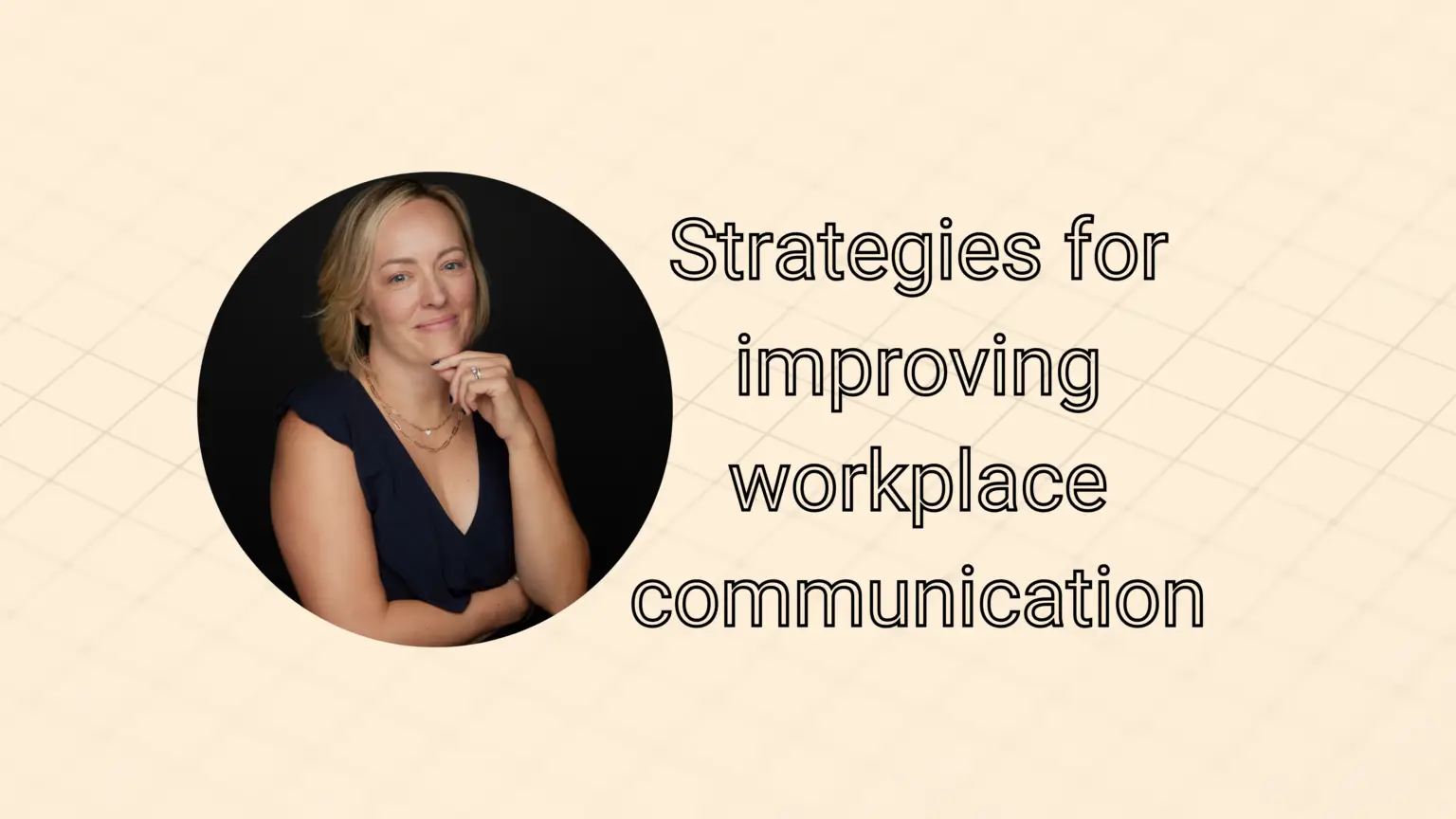Strategies for improving workplace communication. In the last few months, I have taken a deep dive into the emotional toil that stress has on our bodies, particularly as business owners, entrepreneurs, service providers. Whatever camp you fall in, stress is real. And I have countless stories, including my own, where stress has manifested itself in an ugly way in our body’s. No one is going to die, but there are consequences of stress on our body. Learning how to regulate emotions has a major impact on how our body’s handle stress.
I have spoken about the connection between business owners and the Window of Tolerance optimal zone. In case you weren’t here…..
Here’s a quick understanding of the Window of Tolerance.
The window of tolerance is a concept from the field of psychology that refers to the optimal zone of arousal where we can effectively manage stress and regulate our emotions. When we are within our window of tolerance, we are able to think, communicate, and problem-solve effectively. However, when stress levels exceed the limits of our window of tolerance, you may experience anger or irritation, leading to communication breakdowns and eventually conflict. If you feel like you might get dysregulated during the day, these strategies below might help!
Strategies for Enhancing Workplace Communication Within the Window of Tolerance:
Actively Listen:
Harness the power of active listening – the cornerstone of effective communication. Embrace curiosity and become the most attentive person in the room. Remember, we have two ears and one mouth for a reason!
Take Breaks:
Prioritize self-care by scheduling regular breaks throughout the workday. Step away from your desk, take a short walk, or adopt the Pomodoro technique to recharge and refocus your mind.
Stay Organized:
Equip yourself with organizational tools such as to-do lists, reminders, and project management software. By staying organized, you’ll keep track of tasks, meet deadlines, and reduce stress levels in the process.
Give yourself permission to say No:
You are allowed to say no, and you do not have to give a reason. We call this ” decision-making by the future self.” As in, would future Donita want to do that? Future Donita has to agree with all decisions.
So, for context, here is a short story about John, and John had a very bad day. John’s emotions were not regulated, and he was unaware how to regulate himself, get his heart rate down, and speak with clarity and focus.
John woke up feeling tired and groggy. He had a restless night's sleep due to stress and anxiety about an upcoming presentation to a major client. As he arrived at the office, John felt irritable and on edge. Throughout the morning, he struggled to concentrate on his tasks, feeling overwhelmed by the pressure to make sure he earns this client. When his next in command asked him for an update on the project, John snapped at him, feeling defensive and insecure about his presentation. John does not ask for help.
During lunchtime, John skipped his break altogether, opting to eat at his desk while frantically doing last-minute things for the presentation. In the afternoon, as John delivered his presentation to the prospective client, he stumbled over his words and struggled to convey his ideas coherently. Despite his best efforts, the presentation did not go as planned, leaving John feeling embarrassed and defeated. As he left the office at the end of the day, John couldn't shake off the feeling of failure and frustration.
With just a small understanding of how our emotions affect our behaviours – we can get back into regulation. There are small things you can do that have a big impact.
Here is story #2. This story is different. Here is Sarah, Sarah knows how to regulate her emotions and how to stay in an optimal regulate state most of the day. Remember: hyper or hypo aren’t bad, in some instances it’s the only option. You just can’t live there most of the time.
Back to Sarah. She had a very good day.
Sarah woke up feeling refreshed and energized. She had a good night routine and, as such, had a good night’s sleep; she woke up early to enjoy a healthy breakfast before heading to her office at a coworking space. As she arrived at the office, she greeted her colleagues with a warm smile and exchanged pleasantries.
Throughout the day, Sarah remained focused and productive, tackling her tasks with ease. She was able to have a tough conversation that she had been putting off, freeing up some mental space for the rest of the week. When faced with a challenging project, she took a deep breath and approached it with a positive attitude, knowing that she could handle whatever came her way. During lunchtime, Sarah took a short walk outside to clear her mind and recharge. In the afternoon, she attended a team meeting where she actively listened to her colleagues' ideas and contributed her own insights. As the workday came to a close, Sarah felt a sense of accomplishment and satisfaction. She wrapped up her tasks for the day and left the office feeling content and ready to enjoy her evening.
I know that these are the extremes and that we all live somewhere in the middle—good days and bad days. But what if I told you that with a tiny bit of consistency and a tiny bit of curiosity, you could have way more good days than bad? It’s up to you; I’m here.
My free masterclass: Strengthen your Window of Tolerance.
With practice, you can effectively manage stress and regulate your emotions within the window of tolerance. Once that happens, you will make decisions with clarity and focus and enjoy many more good days than bad.

